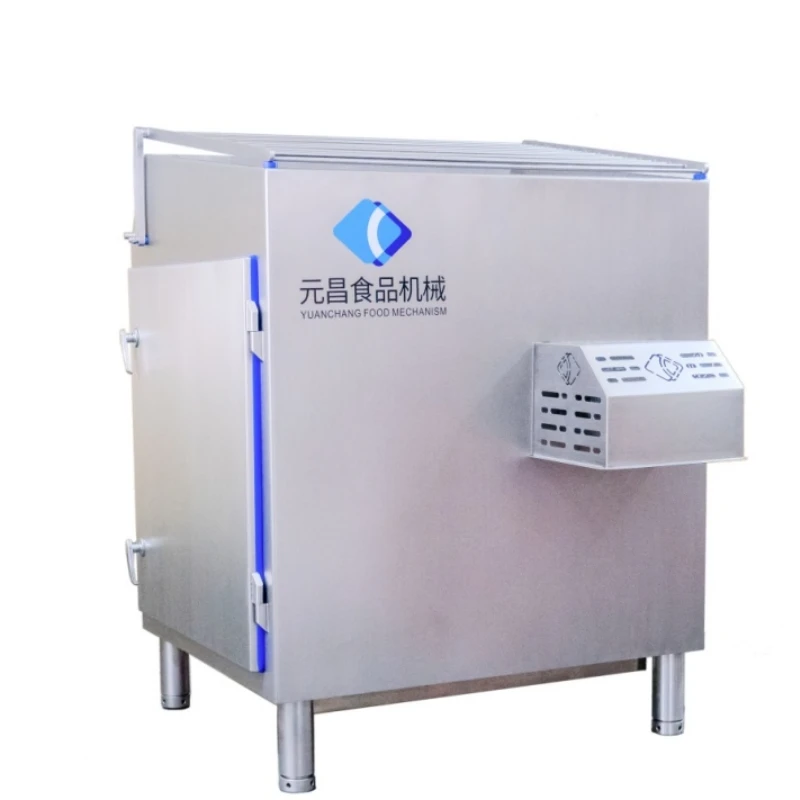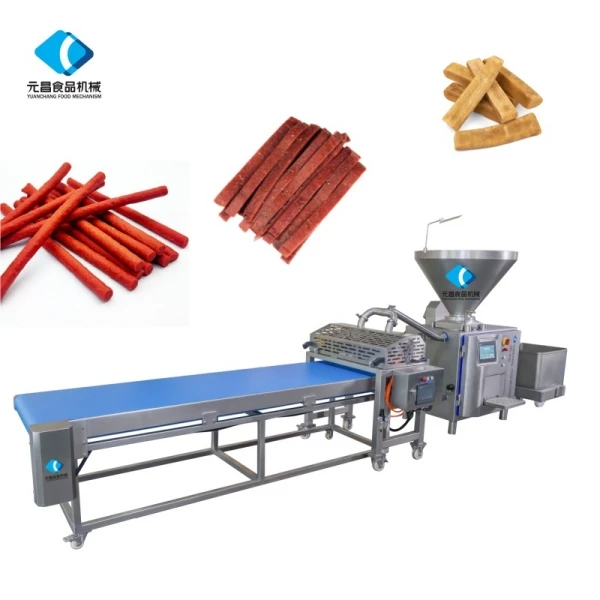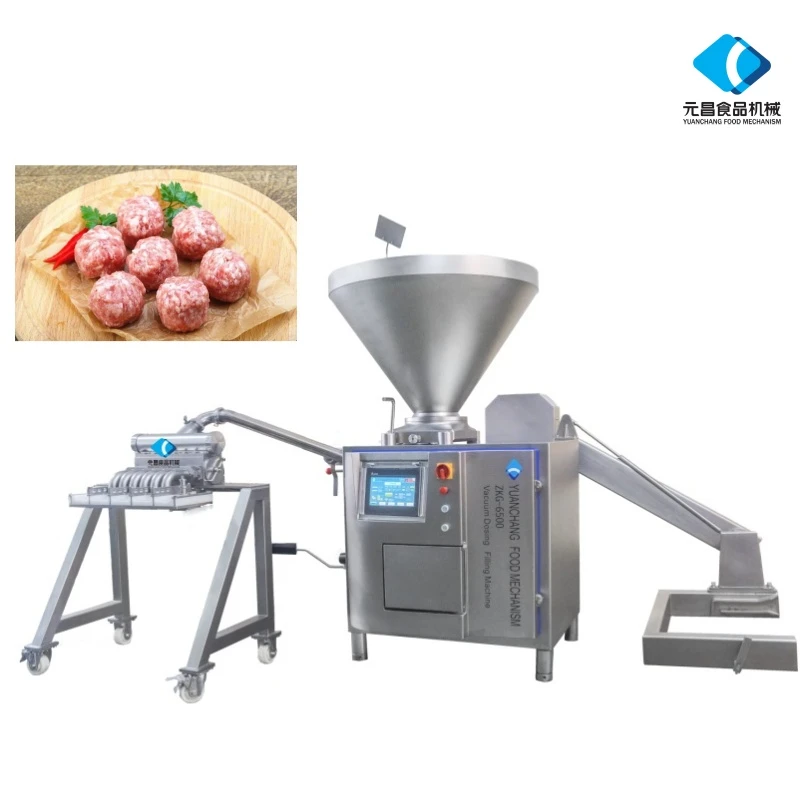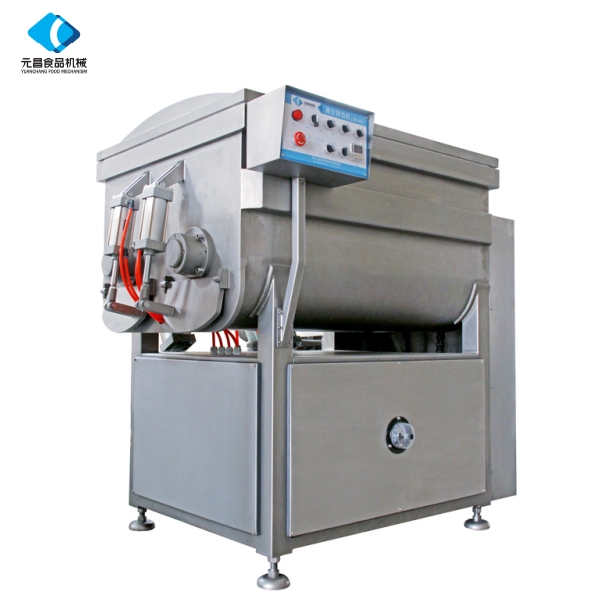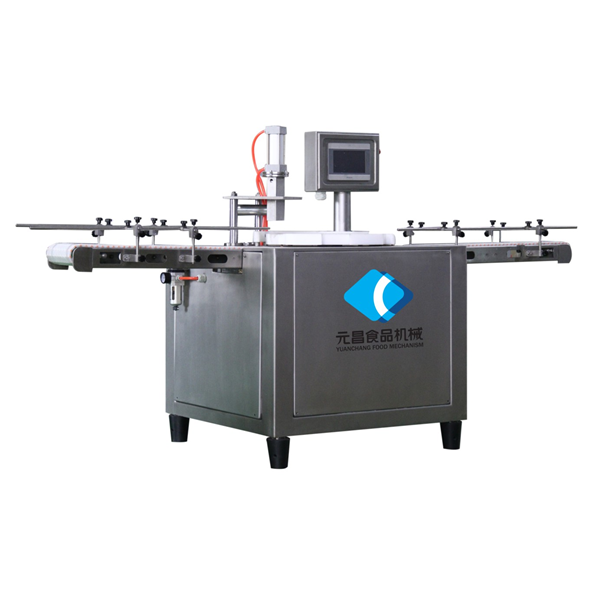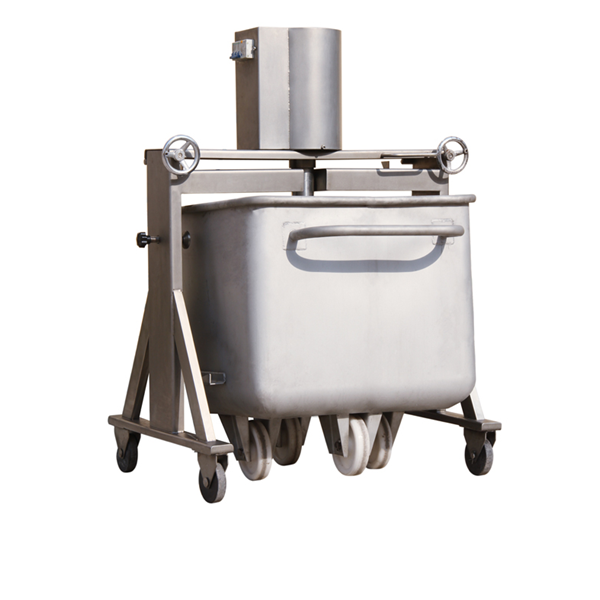- Afrikaans
- Albanian
- Amharic
- Arabic
- Armenian
- Azerbaijani
- Basque
- Belarusian
- Bengali
- Bosnian
- Bulgarian
- Catalan
- Cebuano
- chinese_simplified
- chinese_traditional
- Corsican
- Croatian
- Czech
- Danish
- Dutch
- English
- Esperanto
- Estonian
- Finnish
- French
- Frisian
- Galician
- Georgian
- German
- Greek
- Gujarati
- haitian_creole
- hausa
- hawaiian
- Hebrew
- Hindi
- Miao
- Hungarian
- Icelandic
- igbo
- Indonesian
- irish
- Italian
- Japanese
- Javanese
- Kannada
- kazakh
- Khmer
- Rwandese
- Korean
- Kurdish
- Kyrgyz
- Lao
- Latin
- Latvian
- Lithuanian
- Luxembourgish
- Macedonian
- Malgashi
- Malay
- Malayalam
- Maltese
- Maori
- Marathi
- Mongolian
- Myanmar
- Nepali
- Norwegian
- Norwegian
- Occitan
- Pashto
- Persian
- Polish
- Portuguese
- Punjabi
- Romanian
- Russian
- Samoan
- scottish-gaelic
- Serbian
- Sesotho
- Shona
- Sindhi
- Sinhala
- Slovak
- Slovenian
- Somali
- Spanish
- Sundanese
- Swahili
- Swedish
- Tagalog
- Tajik
- Tamil
- Tatar
- Telugu
- Thai
- Turkish
- Turkmen
- Ukrainian
- Urdu
- Uighur
- Uzbek
- Vietnamese
- Welsh
- Bantu
- Yiddish
- Yoruba
- Zulu
Premium Meat Smoke House High-Quality & Durable Design

(meat smoke house)
Meat Smoke House Innovation in Modern Processing
Smoke houses represent the cornerstone of flavor development in meat processing, transforming raw products into culinary staples through precise atmospheric control. Advanced smoke house factory technology now enables processors to achieve consistent results while optimizing operational costs.
Core focus areas:
- Scientific principles behind modern meat smoking techniques
- Operational data demonstrating efficiency improvements
- Technical innovations in smoke generation and control systems
- Comparative manufacturer capabilities and performance metrics
- Customization strategies for production-specific requirements
- Real-world implementations across meat categories
- Smoke house factory ROI calculations and optimization
The Science of Controlled Smoking
Precision smoking relies on three atmospheric factors: relative humidity (maintained at 45-65% for optimal smoke adherence), temperature gradients (programmable in 0.5°C increments), and smoke density (measured in optical density units). Modern microprocessor controls manage these variables simultaneously through four-phase processing cycles:
- Drying Phase: Surface preparation at 55-65°C with 15-20% RH
- Smoke Penetration: 20-40 OD units at 60-75°C with 40-50% RH
- Cooking Completion: Core temperature targeting with ±0.7°C accuracy
- Showering: Rapid cooling to inhibit bacterial growth
Operational Efficiency Metrics
Industry data reveals significant savings with advanced smoke house technology. Processing plants report 37% average reduction in energy consumption after upgrading to modern systems, while smoke density consistency improvements reduce product rejection rates by up to 22%. A 2023 industry benchmark study highlighted:
| Performance Metric | Traditional Models | Modern Smoke Houses | Improvement |
|---|---|---|---|
| Energy Consumption (kWh/kg) | 1.8-2.4 | 1.1-1.4 | -39% |
| Batch Consistency (σ) | 0.7-1.2 OD | 0.15-0.3 OD | +72% |
| Production Downtime | 8-12% | 1.8-3.5% | -69% |
| Smoke Fluid Utilization | 1.3L/100kg | 0.85L/100kg | -35% |
Automated cleaning systems contribute significantly to these efficiency gains, reducing changeover time from 45-70 minutes to under 15 minutes while using 60% less water per cleaning cycle.
Engineering Advancements
Fourth-generation smoke houses incorporate several critical improvements:
- Vortex Smoke Distribution: Patented airflow designs ensure uniform smoke density (±5% variance) throughout the chamber
- Self-Diagnostic AI Systems: Predictive maintenance algorithms reduce component failure by monitoring 18 operational parameters
- Carbon-Neutral Operation: Biomass combustion options and heat recapture systems decrease carbon emissions by up to 8.7 tons annually
- Hygienic Construction
AISI 304 AISI 316L AISI 316L Digital Control Precision (°C) ±2.0 ±0.5 ±0.3 Maximum Daily Cycles 8-10 12-15 14-18 European manufacturers lead in energy recovery systems (capturing up to 65% waste heat), while North American models feature superior corrosion resistance in high-humidity environments.
Tailored Processing Solutions
Customization addresses three primary production scenarios:
- Artisanal Operations: Compact 100-300kg capacity units with traditional wood options and manual controls
- Mid-Scale Production: 1-3 ton modular systems featuring automated recipe programming and HACCP compliance
- Industrial Facilities: 5-12 ton continuous processing lines with robotic loading/unloading and centralized monitoring
Successful sausage smoke house implementations incorporate dual smoking chambers for simultaneous hot/cold smoking, plus specialized airflow patterns accommodating casing sensitivity. Bacon production lines benefit from vertical smoking configurations with 12-zone humidity control for uniform fat rendering.
Implementation Case Studies
German Sausage Manufacturer: Integration of a 3-ton capacity smoke house factory solution reduced processing time for frankfurters by 40% while achieving 99.2% weight consistency. The €280,000 investment paid back in 14 months through:
- 23% reduction in natural gas consumption
- 31% decrease in product giveaway
- 18% labor efficiency improvement
Canadian Bacon Processor: Retrofit of smoke generation system enabled simultaneous maple wood and hickory smoking profiles, expanding product range without additional equipment. Production flexibility increased 65% while maintaining single shift operations.
Smoke House Factory ROI Optimization
For sausage production lines, proper smoke house specification improves throughput by 25-35% while reducing energy and labor inputs. Regular maintenance protocols extend equipment lifespan beyond 15 years while preserving optimal performance:
- Daily: Filter inspection and condensation drainage verification
- Weekly: Smoke generator nozzle cleaning and sensor calibration
- Quarterly: Full airflow balancing and heat exchanger inspection
Operators implementing IoT monitoring report 93% first-pass quality rates and 2-3% higher profit margins compared to conventional operations. With precise control over smoke density and humidity, leading manufacturers achieve 0.4% product variance across batches, elevating brand consistency while reducing waste.
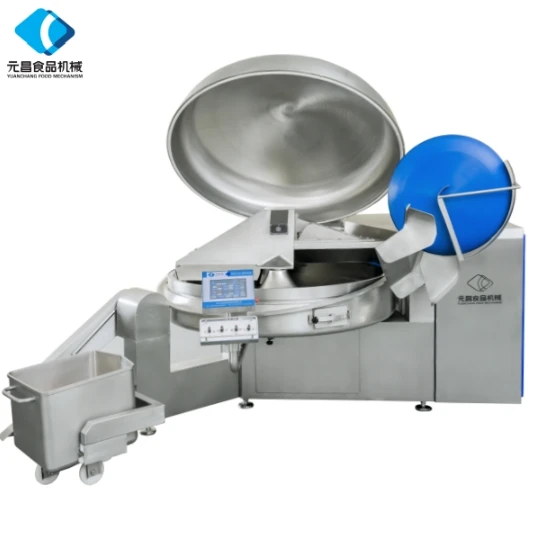
(meat smoke house)
FAQS on meat smoke house
以下是围绕核心关键词创建的5组英文FAQs,使用HTML富文本格式:Q: What is a meat smoke house used for?
A: A meat smoke house processes and smokes meats like beef, pork, or poultry using wood-fired techniques. This infuses smoky flavor while preserving the products through slow cooking and drying.
Q: Can smoke house factories accommodate large-scale production?
A: Yes, industrial smoke house factories feature automated temperature controls and ventilation systems. They efficiently handle bulk processing while ensuring consistent smoke infusion and food safety compliance.
Q: How does a sausage smoke house differ from regular meat smoking?
A: Sausage smoke houses maintain precise humidity levels crucial for curing casings. They use lower temperatures and specialized smoke circulation to ensure even flavor penetration through dense sausage mixtures.
Q: What equipment is essential in a commercial smoke house factory?
A: Key equipment includes digital smoke generators, multi-zone climate control systems, and USDA-approved stainless steel racks. Proper airflow design ensures uniform smoke distribution across all product batches.
Q: Why is wood selection critical in meat smoke houses?
A: Wood type directly impacts flavor profile - hickory for strong bacon, applewood for milder sausage. Correct moisture content and smoke density prevent bitter tastes while achieving desired preservation results.
-
Vacuum Bowl Cutter ZKZB-125: Food Processing Machine&304 Stainless SteelNewsAug.15,2025
-
Vacuum Bowl Cutter ZKZB-125 - Hebei Yuanchang | Meat Processing, Pet FoodNewsAug.15,2025
-
Precision Sausage Cutting Machine | Efficient Slicer for FoodNewsAug.15,2025
-
Vacuum Bowl Cutter ZKZB-125 - Hebei Yuanchang Food Mechanism & Technology Co., Ltd.NewsAug.15,2025
-
Vacuum Bowl Cutter ZKZB-125 | Hebei Yuanchang: Meat & Pet Food ProcessingNewsAug.15,2025
-
Vacuum Bowl Cutter ZKZB-125-Hebei Yuanchang Food Mechanism & Technology Co., Ltd.|Food Processing Technology,Vacuum ProcessingNewsAug.14,2025



